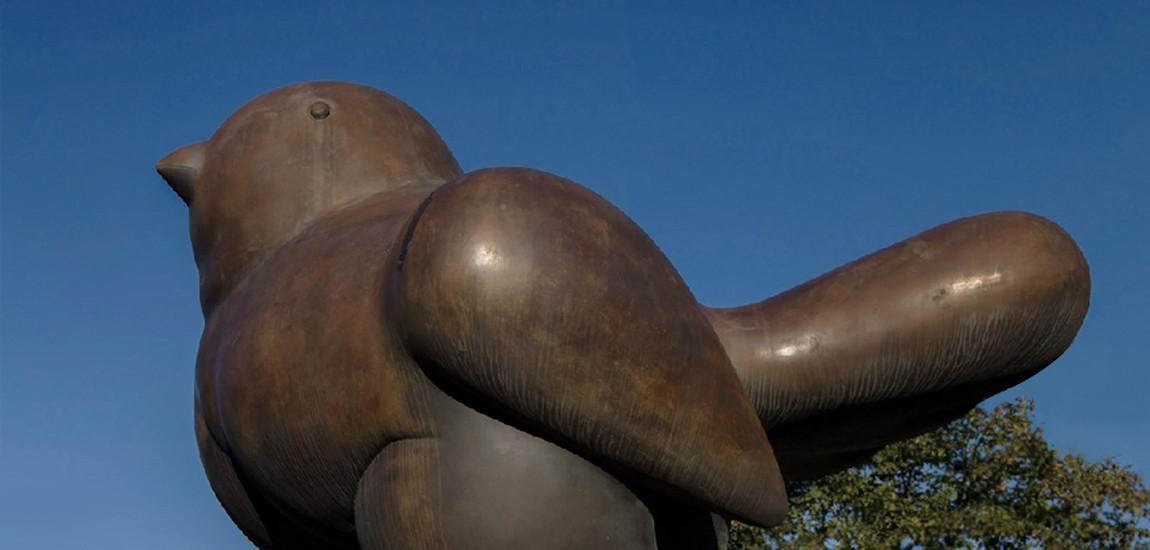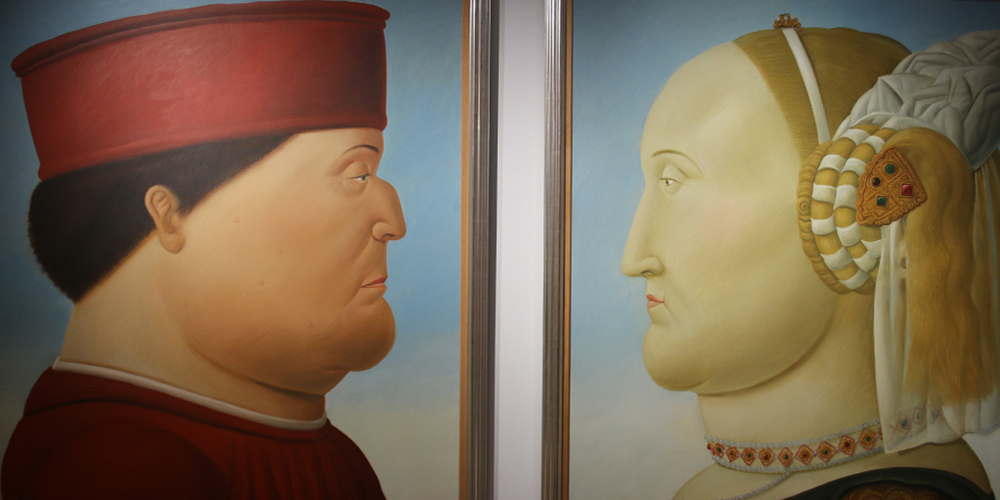
The abundance of the form in Botero
The
style of Fernando Botero Angulo,
characterized by subjects with dilated and full forms, of caricatural
appearance, is absolutely unmistakable.
The
artist developed this style in the 1950s after painting a "fat"
mandolin in a still life with mandolin. Since then he will continue to paint
men, women, animals and inanimate objects, expanding their form and making them
very voluminous and rounded.
The
Colombian artist showed an interest in art already as a child, he was
fascinated by the baroque architecture and the illustrations of the Divine
Comedy and at just 16 years old he drew the illustrations for the supplements
of "El Colombiano", the
most important newspaper of his hometown .
Little
appreciated in his homeland, Botero traveled a lot trying to establish himself
as an artist. In Italy he came into contact with his first source of
inspiration, the masterpieces of Giotto and Andrea Mantegna, in New York he
discovered abstract expressionism which would greatly influence his style, in
Paris he began to work more assiduously on sculpture and again in Italy he
produced numerous marble sculptures in his studio established in Pietrasanta,
which allowed him to stay close to the marble quarries.
The
artist had 4 children from different marriages, but in 1974 he tragically lost
one of them, Pedro, in a car accident. On this occasion the painter himself
lost a phalanx of his right little finger, which led him to often sculpt
enormous hands.
His
works are distinguished by two main characteristics: the "overwight"
subjects and the emotionless nature of the characters.
His
subjects all appear to be impassive, cold, emotionless. Botero explains that he
deliberately tries to distance himself from the characters in his works,
depriving them of a moral and psychological dimension and focusing instead on
color and abundant shapes.
In regards to why he paints and
sculpts "overwight" figures, the artist states that he paints and sculpts volumes and is
interested in the sensuality of form.
It
is therefore all a question of sensuality for Botero. The abundance of color
and volumes is nothing other than an exaltation of sensuality and life itself.
Many
interpret the obesity of Botero's subjects also as an ironic criticism of
modern society which always seeks abundance, sometimes to the point of excess.
In
a works like the Paloma, a bronze dove weighing 1 and a half tons, 2 meters and
40 centimeters high, there actually seems to be some irony too.
A
small and light animal like the dove is represented as the opposite of itself. For
sure it will never be able to fly as heavy as it is. At the same time, however,
the abundance of this bird makes you smile and pleases the eye.
The
work was exhibited in 1999 in Piazza della Signoria, in the Uffizi square and
in the Sala d'Armi of Palazzo Vecchio. Subsequently, the statue was relocated
to via del Termine, right in front of the Florence airport.
Although society harshly judges being overweight, Botero's characters are
pleasant to look at and acquire a dignity all their own. So absolutely solid
and stable in space, they also manage, despite their emotional coldness, to
convey a feeling of comfort in the viewer, who instead of judging the full and
abundant forms remains fascinated by them.




